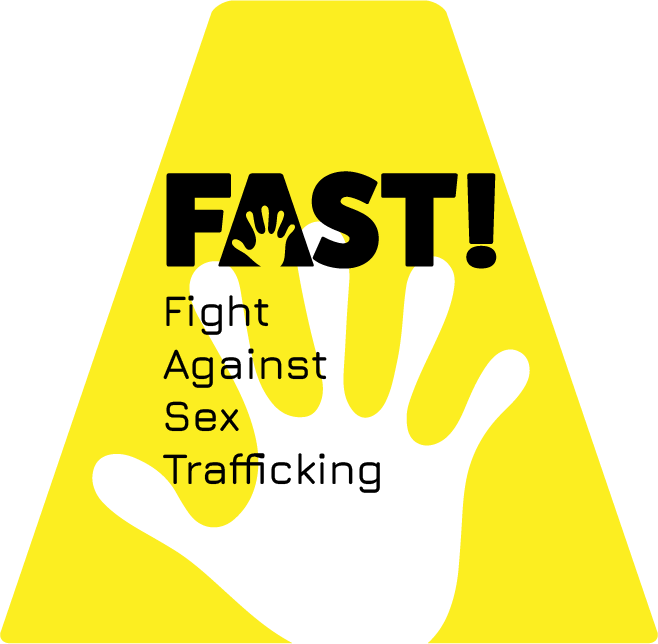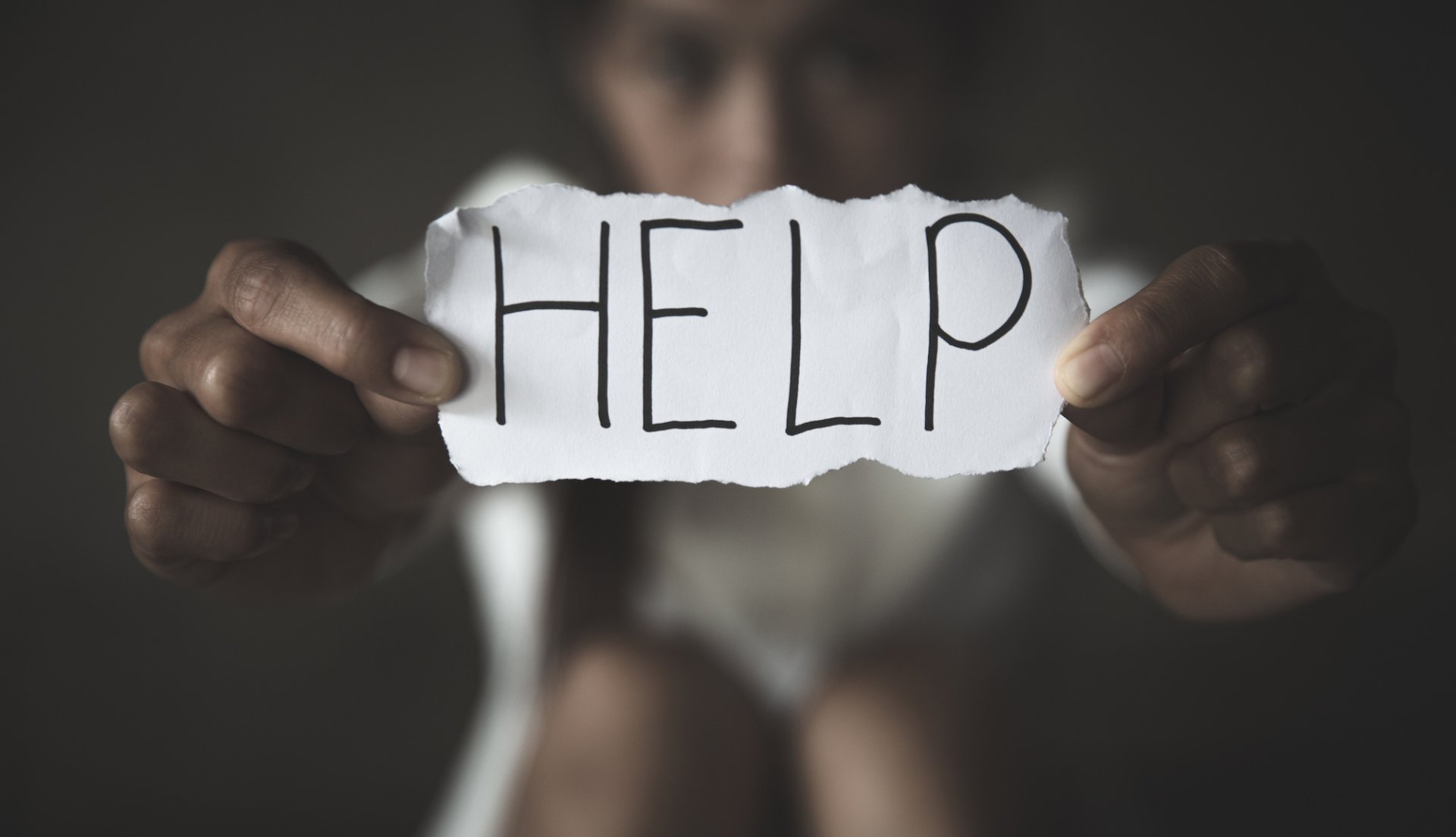The Intersection of Vulnerability and Human Trafficking. Starting with 2018, modern slavery cast its sinister shadow across the globe, with its grip tightening most relentlessly in Africa, followed by Asia and the Pacific region. Within these regions, the hot spots for modern slavery were identified as West Africa and South Asia, with harrowing numbers of individuals living in servitude. While governance issues, disenfranchisement, and numerous factors contribute to this dire situation, armed conflict, state-sponsored forced labor, and forced marriages remain primary drivers behind the estimated 9.2 million Africans who endure modern slavery.
In South Asia, India stands out with a grim distinction, holding the largest “absolute” number of people in modern slavery, with nearly 8 million individuals ensnared in its web. This is followed by Pakistan (3.2 million), Bangladesh (592,000), and Nepal (171,000). Among these numbers, members of historically oppressed castes and tribes in South Asia are particularly at risk. These marginalized groups are plagued by inadequate access to healthcare, limited social benefits, abysmal working and living conditions, and low literacy rates, making them highly vulnerable to exploitation.
The Intersection of Vulnerability and Human Trafficking
West Africa and South Asia are also characterized by stark economic disparities, with a significant portion of the population, especially the youth, trapped in poverty or struggling with unemployment and underemployment. These regions are home to marginalized groups who not only grapple with economic barriers but also face discrimination and social exclusion, factors that further heighten their vulnerability to modern slavery.
Tragically, these modern slavery hot spots are also the primary source regions from which migrants are trafficked to countries like the UAE. The UAE, with its history of human rights violations and a concerning tendency to downplay the relationship between human trafficking and migrant rights abuse, often finds itself implicated in this grim narrative.
The UAE’s history of downplaying these issues has drawn the attention of international human rights organizations and advocates who call for transparency, accountability, and justice. By acknowledging the links between modern slavery, human trafficking, and migrant rights abuse, the UAE can make meaningful changes, reinforcing its commitment to upholding human rights and ensuring the safety and well-being of all who reside and work within its borders.



